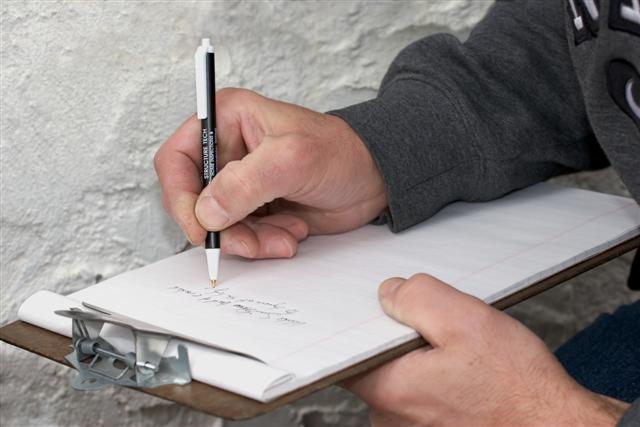 Darren Cottingham |
Darren Cottingham is director of DT Driver Training, a provider of online training courses for drivers of forklifts, trucks and cars.
While warehouse supervisors and health and safety managers might have a forklift licence, they are rarely trained forklift assessors. However, depending on the health and safety legislation in their country, they are often acting for the company and, therefore, hold some liability when ensuring operators are not doing dangerous things.
In some countries, a periodic refresher course is advised or mandated and a practical competency check is included. For example, in New Zealand, every three years, a forklift operator must do a theory and practical assessment.
It's possible in New Zealand to renew the forklift operator's certificate (commonly called the OSH certificate) by either sending an operator to an external training centre or doing the theory component online and conducting the practical assessment internally using a recognised framework. Almost all assessments are conducted by an accredited forklift assessor at a training centre or at the client's premises. However, internal assessment is becoming more popular.
While we conduct both types of assessment for our clients, we favour the second approach (online theory plus internal assessment) for several reasons:
1. Online learning videos demonstrate the exact requirement for competency without variations introduced by different trainers who may be under time pressures or who have differing opinions on what is 'right'.
2. Operators can watch these videos as many times as is required until they understand the content.
3. An unambiguous practical checksheet is supplied which is based on unit standards supported by a national qualifications framework (in our case, NZQA).
4. A video shows a warehouse manager how to conduct the assessment and, on completing the theory component of the course, a warehouse manager would be able to easily recognise undesirable forklift behaviour. This is also supplied to all operators as part of the course; effectively, the operator learns how to do a practical assessment, which has led to clients informing us that overall compliance rates and driving standards have improved.
5. A company, or a person conducting a business, or an undertaking (PCBU) can modify the practical assessment to suit the equipment, attachments, environment and additional rules they operate under.
6. Under the Health and Safety at Work Act 2015, we are only responsible for assessing competency on the day the operator is taking the test; once they are back at the client's warehouse, the client is responsible.
 In New Zealand, every three years, a forklift operator must do a theory and practical assessment. PHOTO: SHUTTERSTOCK |
A typical assessment at an external training centre will be with a 1.5 T forklift lifting pallets or ICB totes. That is not a relevant competency check for a person who uses a bin rotator or who drives a container handler. Therefore, giving the PCBU the option to improve the relevance of the competency test is important and is supported by New Zealand's Health and Safety at Work Act 2015.
This brings us back to the key question: what's the best way of checking an operator's competency? The unit standard test in New Zealand consists of a pre-start check; a high, medium and low lift; driving through a chicane forwards and backwards; and shutting down the forklift safely. If an operator makes a mistake, such as bumping the stack or failing to check mirrors and over the shoulder when reversing, they can repeat the operation. The whole test takes 10-15 minutes (maximum) and is conducted on one type of forklift, most often a counterbalance.
Unlike in the UK, for example, there are no prescribed tolerances for the chicane, the stack doesn't have to be in an aisle and there are no real penalties for taking too long. Very few people fail as it's not in the interests of forklift trainers to fail the operators that their clients are paying for (yet another reason why an internally administered competency check can be better).
Even in the UK, the test is generic.
In our opinion, benchmarked tests should be created for each industry usage and those should be applied in the workplace as guides for competency. This would dramatically increase the relevance of a practical forklift assessment. Those assigned to be internal assessors should have access to this from a national body responsible for forklift safety.
At the time of writing, we are not aware of anything like this existing and, if it were to be created, would take an enormous amount of work and consultation and there would be widespread disagreement from industry, but doing anything that increases the relevance of a suggested competency test must be better than doing nothing.